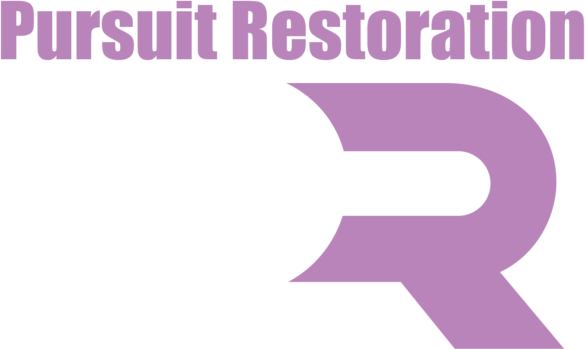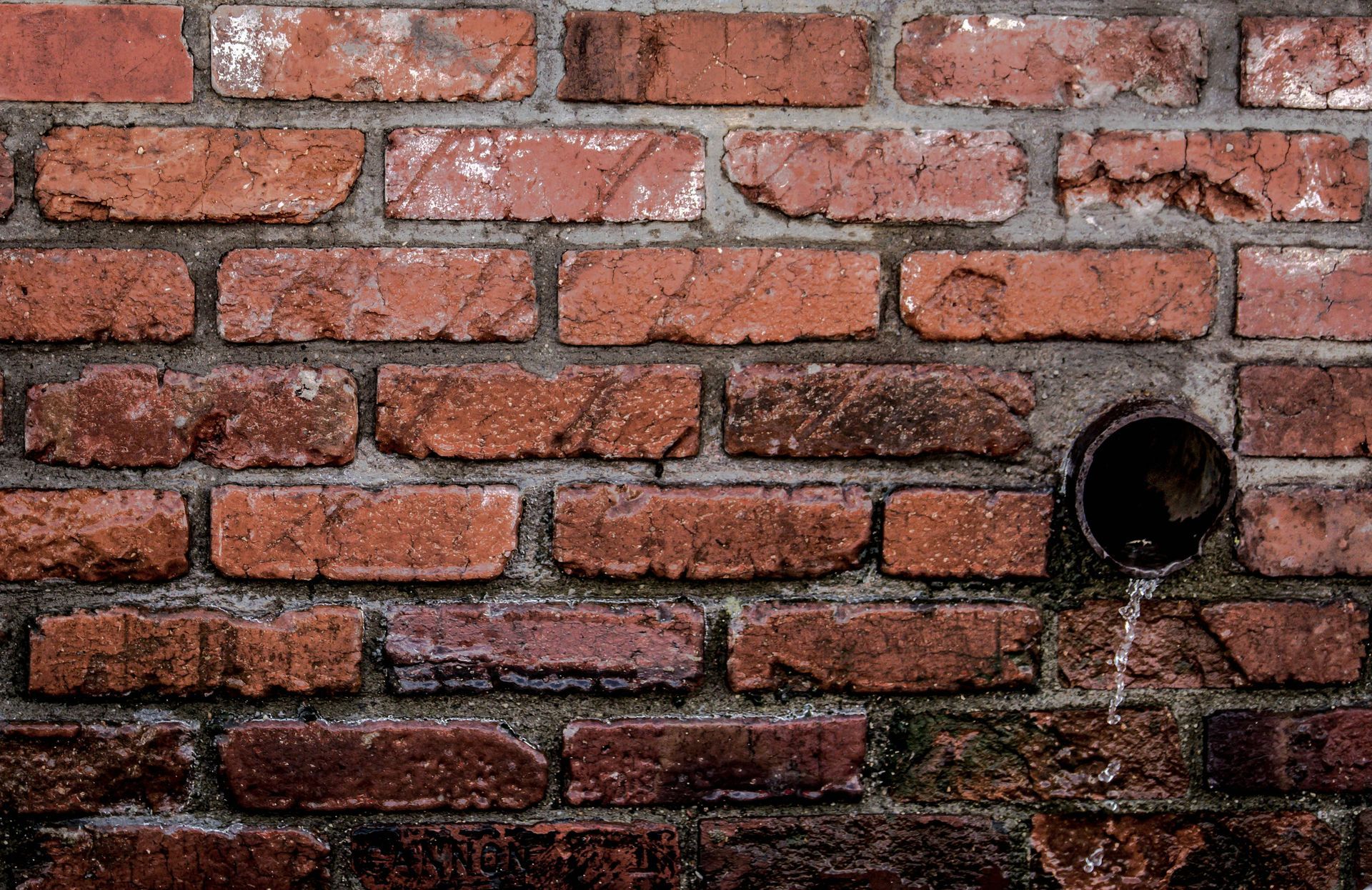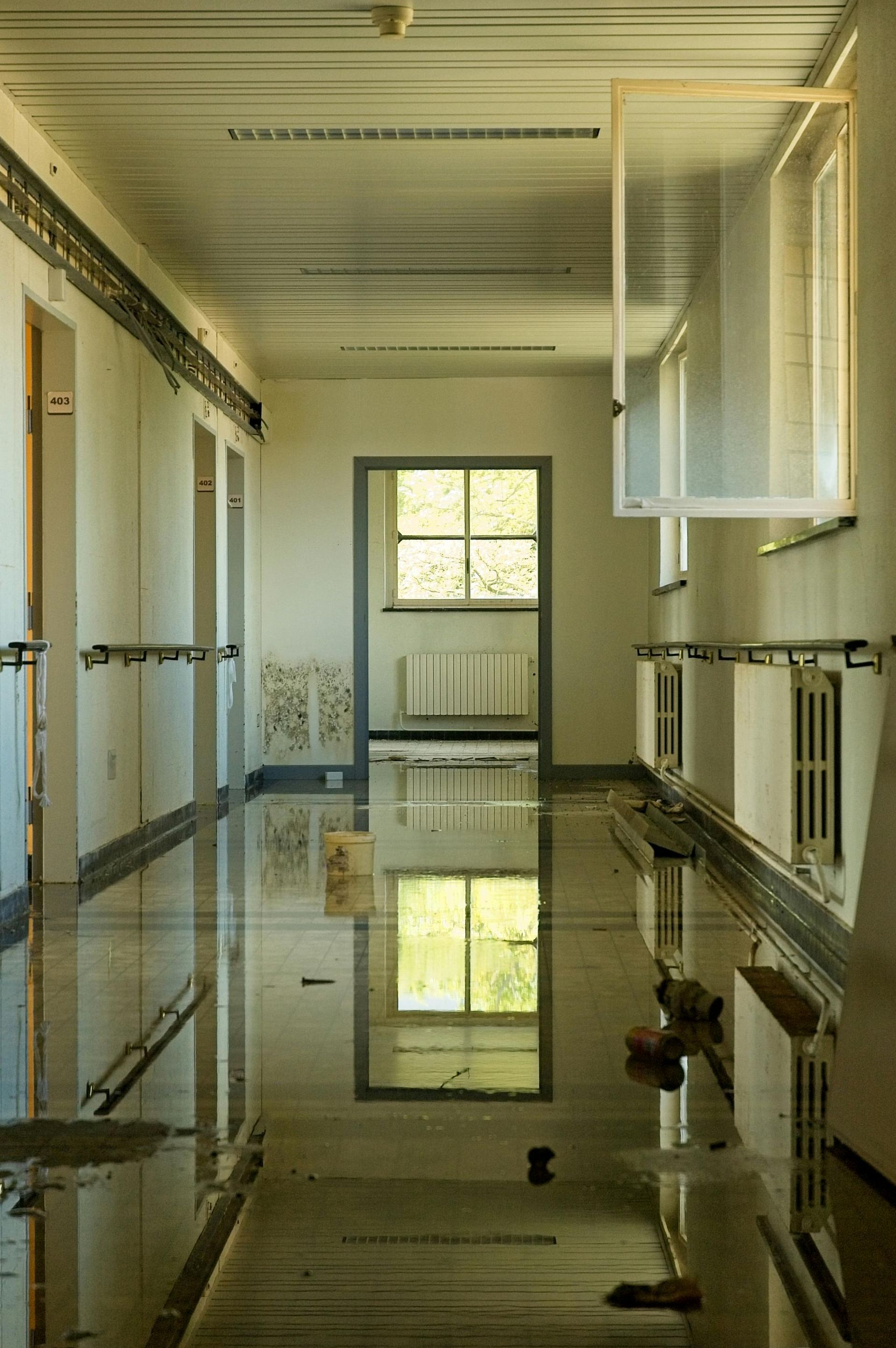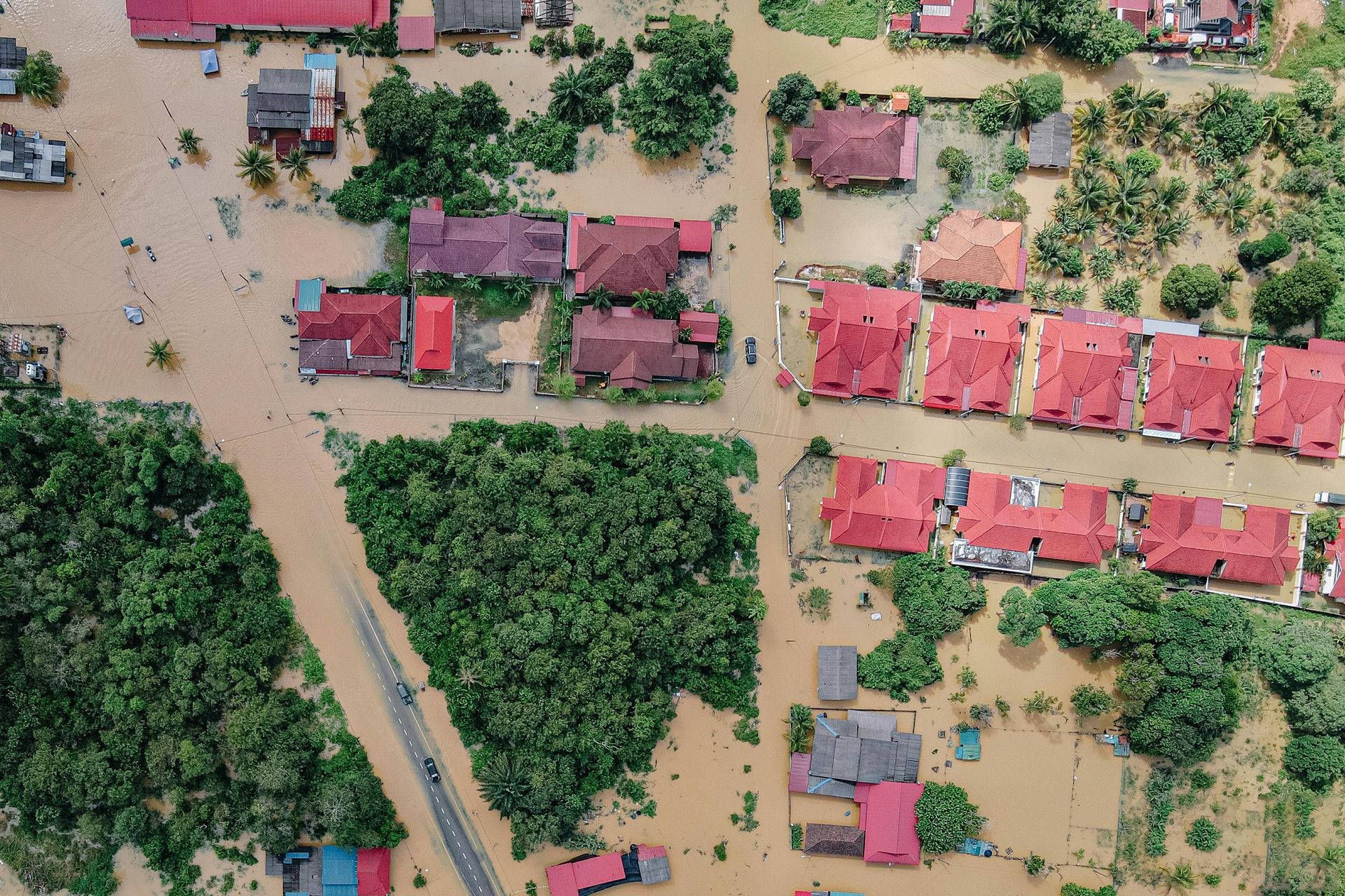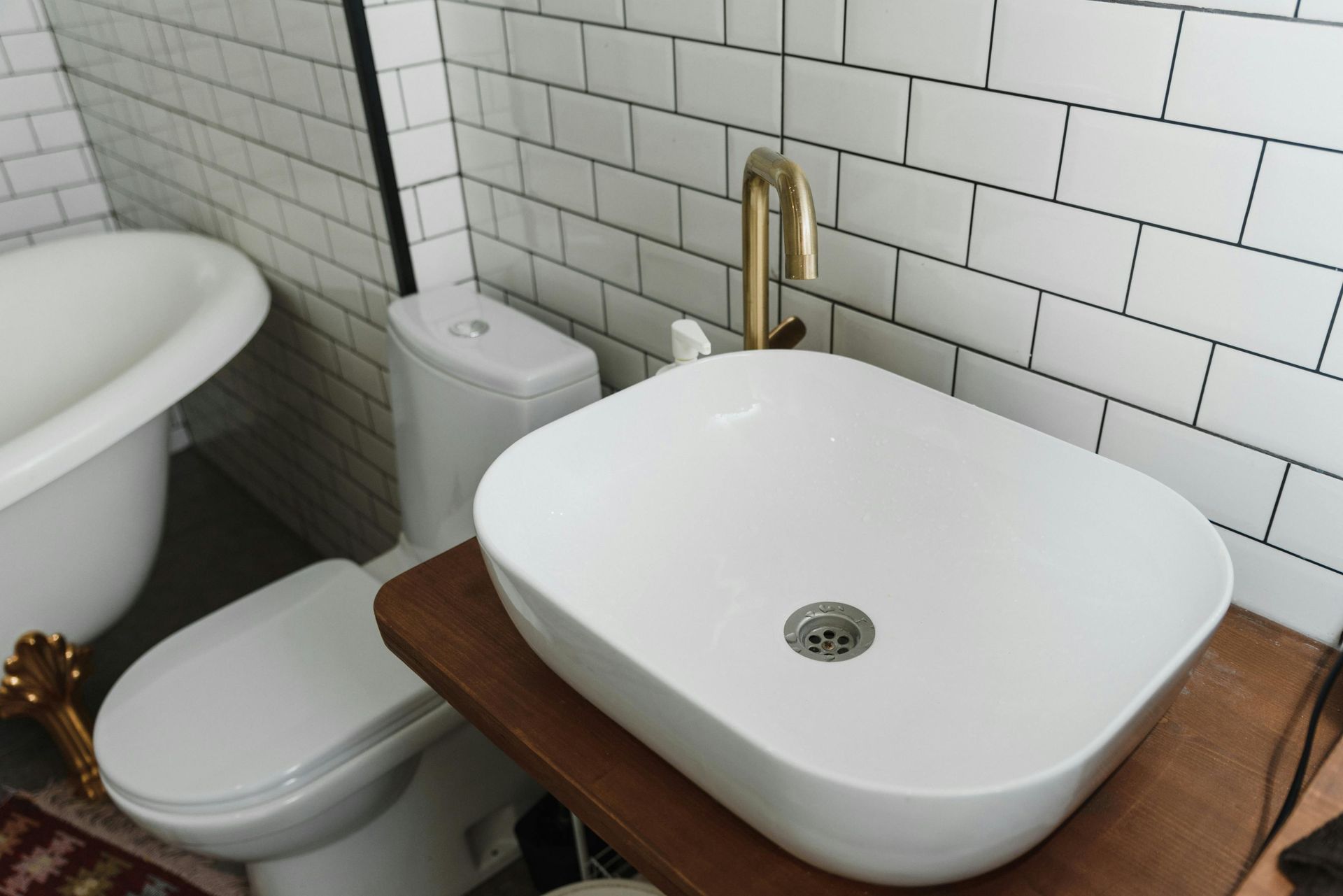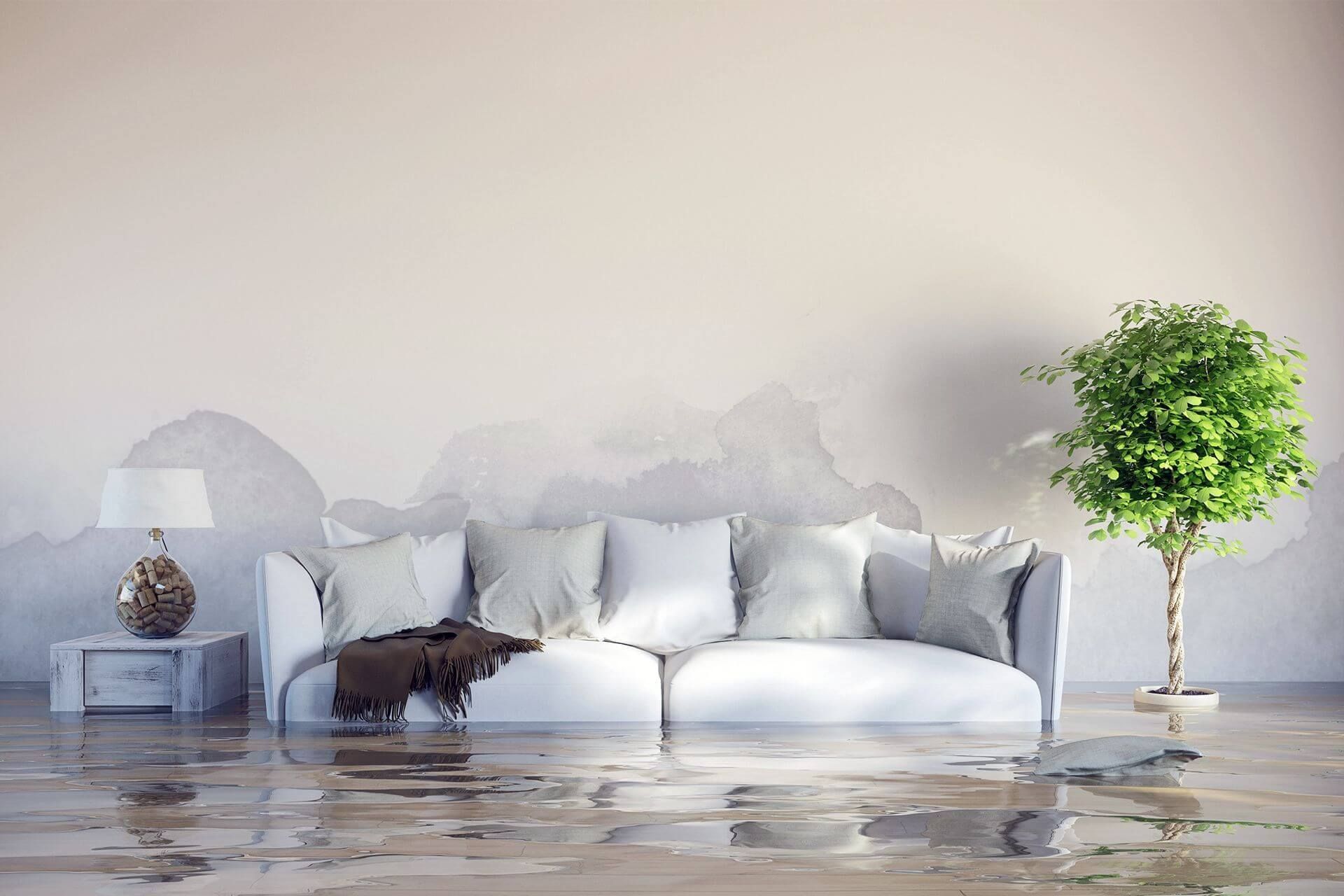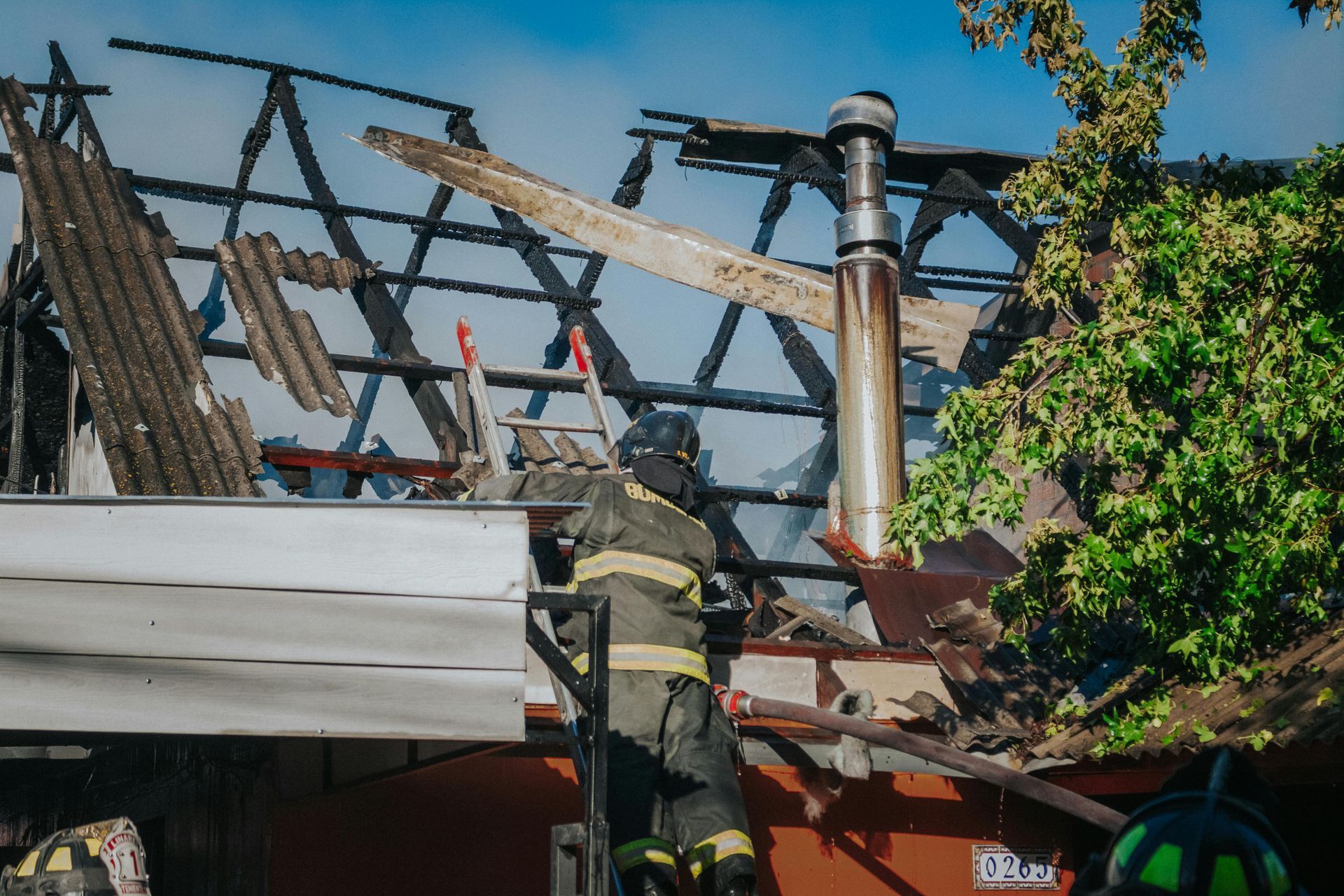Basement Water Cleanup: Effective Steps to Restore Your Basement
A flooded basement in Boise can ruin valuables, damage your home’s foundation, and create serious health risks if mold begins to grow. Acting quickly is key to keeping the damage under control and avoiding expensive repairs later. Both speed and safety are essential when handling basement water cleanup.
This guide will show you the most effective steps to remove water, clean and disinfect the space, and restore your basement. You’ll also learn how to protect yourself during cleanup, when to call a professional, and how to reduce the chance of future flooding..
Key Takeaways
- Basement flooding can cause serious damage fast, so acting quickly and safely is super important.
- Water gets in basements mainly because they are underground, and things like heavy rain, plumbing issues, or clogged drains make it worse.
- Cleaning up means being safe first, stopping the water source, removing water, disinfecting, drying, and finally checking for damage.
- Big floods or sewage backups need professional help, especially in Boise where water issues are common. Experts like Pursuit Restoration have the tools to handle it.
- You can prevent future problems by installing sump pumps, keeping drains clear, sealing cracks, and using water alarms to catch leaks early.
Why Basements Are Prone To Water Damage
Basements are below ground level, making them naturally vulnerable to water infiltration. Water tends to flow downhill, so rainwater or groundwater can easily seep through cracks in basement walls or floors.
Several factors increase the risk of basement water damage.
1. Heavy rain overwhelms drainage systems
During heavy or prolonged rainstorms, the soil around your home becomes saturated. If your drainage system cannot handle the sudden volume of water, it backs up and can push water into your basement through foundation cracks or window wells.
2. Groundwater rises due to poor soil drainage
In areas with clay soil or poor natural drainage—like parts of Boise—groundwater can accumulate around your basement walls and floor. This pressure forces moisture or water through any weak spots in your foundation.
3. Plumbing failures release water inside
Burst or leaking pipes inside your home let water flow freely into your basement space. Plumbing issues often go unnoticed until the flooding is significant, causing damage to walls, floors, and stored items.
4. Damaged or clogged drainage systems cause backups
Gutters, downspouts, and French drains are meant to divert water away from your foundation. When these systems are clogged or broken, water pools near your home and increases the risk of basement intrusion.
Steps to Clean Up Your Basement After Water Damage
Cleaning up basement water requires a careful, step-by-step approach to protect your home and health. Following the right order helps minimize damage and prevent mold growth.
These steps cover everything from safety precautions to drying and restoring your basement, so you can restore your home effectively.
Step 1: Ensure Safety Before Starting Cleanup
Safety is the top priority before you begin any cleanup. Flooded basements can hide electrical hazards, structural damage, and health risks.
- Turn off electricity and gas: Before entering, switch off your home’s power supply and gas to avoid shocks or fires. Water and electricity are a dangerous combination.
- Wear protective gear: Use rubber boots, gloves, and protective clothing to guard against contaminants in the water and sharp debris.
- Check for structural hazards: Look for signs of wall or ceiling damage that could collapse. Avoid unsafe areas and call professionals if the structure appears compromised.
Step 2: Stop Water Source and Prevent Further Entry
The next priority is halting the water flow to prevent further damage. Quickly shutting off the water supply or fixing leaks can drastically reduce the amount of water in your basement.
- Shut off main water valves: Locate and turn off the main water supply to your home to stop additional water from entering the basement.
- Repair leaks immediately: If you notice leaking pipes or cracks in the foundation, seal or repair them as soon as possible to prevent ongoing flooding.
- Contain the water: Use barriers like sandbags or plastic sheeting around the outside of your basement to prevent more water from seeping in during the cleanup process.
Step 3: Remove Standing Water from the Basement
Removing the water is essential to stop damage and begin the drying process. The best method depends on the amount of flooding you face.
- Use mops, buckets, or wet/dry vacuums for minor flooding: For small amounts of water, manual removal with mops, buckets, or a wet/dry vacuum is effective and practical.
- Deploy sump pumps for moderate flooding: A sump pump can quickly remove larger volumes of water. Pump slowly to avoid causing structural damage or shifting the foundation.
- Hire professionals for major flooding: If flooding is severe, professional water removal services have heavy-duty water extractors and equipment designed for efficient, safe removal. They also handle contaminated water disposal according to local regulations.
Step 4: Clean and Disinfect the Basement
After removing standing water, the basement needs thorough cleaning to remove mud, debris, and contaminants that could cause health issues or mold.
- Remove mud and debris: Scrub surfaces to clear away dirt and sediment left by floodwaters. This prevents buildup that could trap moisture.
- Use disinfectants and antimicrobial agents: Applying these products kills bacteria and mold spores, reducing the risk of infection or mold growth.
- Dispose of porous materials properly: Carpets, drywall, insulation, and similar materials soaked in floodwater often cannot be salvaged and should be removed to prevent mold.
Step 5: Drying and Dehumidification
Drying your basement thoroughly is crucial to prevent mold and further damage. The right equipment helps remove moisture from walls, floors, and the air.
- Use industrial fans and air movers: These increase air circulation and speed up evaporation from wet surfaces.
- Employ dehumidifiers: Dehumidifiers extract moisture from the air, lowering humidity levels and stopping mold growth.
- Monitor moisture and ventilate: Regularly check moisture levels in walls and floors. Keep windows open or use ventilation fans to allow fresh air into the space.
Step 6: Inspect for Damage and Restoration
Once your basement is dry, inspect for damage that needs repair to restore the space fully.
- Assess walls, flooring, and structure: Check for cracks, warping, or weakened areas that could compromise your basement’s integrity.
- Repair or replace damaged materials: Replace moldy drywall, warped flooring, and damaged insulation to ensure a safe environment.
- Apply waterproof coatings: Using waterproof paint or sealant on basement walls helps prevent future water intrusion.
- Consider professional restoration: For extensive damage, hire certified restoration specialists who can repair structural issues and restore your basement safely.
Step 2: Remove the Water Source and Stop Further Water Entry
Some basement water damage situations go beyond what can be safely handled with DIY methods. In these cases, hiring a professional water removal service team is critical, especially in Boise, where seasonal rains and groundwater issues are common.
Extensive flooding
When your basement floods severely, water can cause hidden structural problems that require expert assessment. Professionals have industrial-grade equipment to remove large volumes of water quickly and prevent further damage.
Sewage or contaminated water
If your basement water includes sewage (known as black water), it contains harmful bacteria, viruses, and toxins. Cleanup without proper training and protective gear can put your health at serious risk. Certified restoration companies know how to handle and dispose of contaminated water safely.
Structural damage
Visible signs like deep cracks in walls, uneven floors, or sagging ceilings can indicate compromised foundations or framing. Professionals can properly diagnose and repair structural damage, which you might miss or worsen by attempting repairs on your own.
Mold risk and prevention
Standing water and moisture create ideal conditions for mold growth. Restoration experts in Boise use advanced drying, disinfecting, and mold prevention techniques that most homeowners cannot replicate.
Certified restoration companies
Working with certified professionals like Pursuit Restoration in Boise ensures your cleanup follows local regulations and industry best practices. They provide thorough documentation and warranties, protecting your investment and peace of mind.
In Boise’s environment, where water intrusion risks are elevated, relying on professionals can save you time, money, and health issues in the long run. Don’t wait to call experts if your basement flooding is significant or involves contamination.
Tips to Prevent Future Basement Flooding
Preventing basement flooding is essential to protect your home and avoid costly repairs down the line. These practical steps can greatly reduce water intrusion risks.
- Install a sump pump: A sump pump is your basement’s first line of defense against flooding. It pumps water away from your foundation quickly, especially during heavy rains common in Boise, helping keep your basement dry.
- Maintain drainage systems: Regularly cleaning gutters, downspouts, and French drains ensures water flows efficiently away from your home. Blocked or damaged drainage can cause water to pool near your foundation and increase basement flooding risks.
- Seal foundation cracks: Cracks and gaps in your basement walls and floors provide entry points for water. Using waterproof sealants and professional crack repair can block these weak spots, preventing seepage from groundwater or rain.
- Install water alarms: Basement water alarms detect leaks or flooding early, alerting you before water spreads. These alarms provide critical warning time to take immediate action and reduce damage.
- Keep landscaping in check: Make sure the land around your home slopes away from the foundation. Proper grading directs rainwater away from the basement, reducing pressure on walls and the chance of water seepage.
- Inspect plumbing regularly: Routine inspections can catch leaks or weak pipes before they flood your basement. Prompt repairs help avoid sudden water damage from bursting or leaking pipes.
Act Quickly to Protect Your Basement and Home
When your basement floods, acting fast is critical to minimize damage and prevent serious health risks from mold and bacteria. Following the right steps for cleanup and drying can save your home from costly repairs.
If the flooding is severe, contaminated, or shows signs of structural damage, don’t hesitate to reach out to trusted basement water cleanup professionals in Boise. Their expertise and specialized equipment ensure thorough restoration and peace of mind.
Protect your investment by responding promptly and using expert help when needed. This approach will keep your basement safe, dry, and ready for years to come.
Get Expert Help with Your Basement Water Cleanup
When basement flooding strikes, don’t wait to protect your home. Pursuit Restoration is Boise’s trusted expert for fast, safe, and thorough basement water cleanup and restoration. Whether you face minor flooding or severe damage, their certified team has the tools and experience to restore your basement quickly and prevent ongoing problems.
To
schedule a service online or learn more, call
(208) 515-6503 today. Act now to secure your home’s safety and comfort with professional help you can trust.
